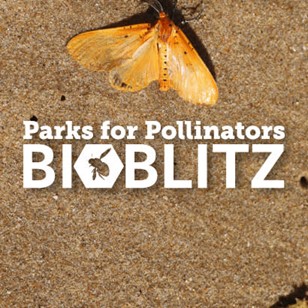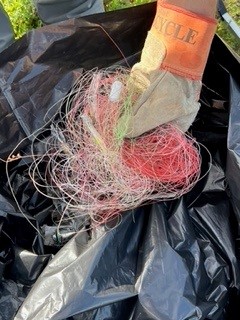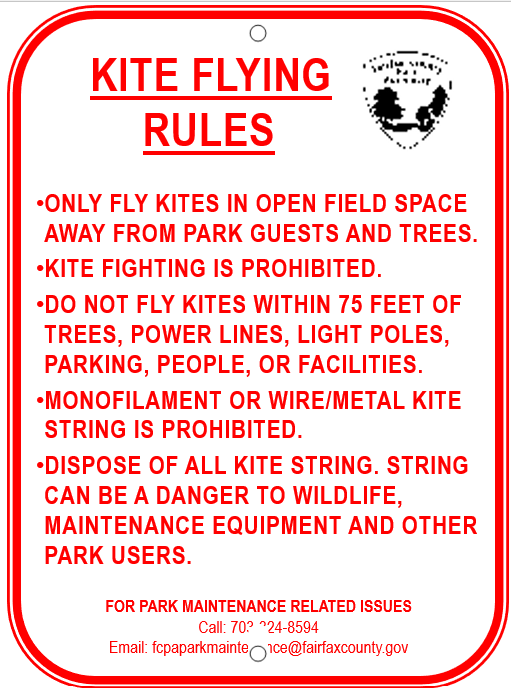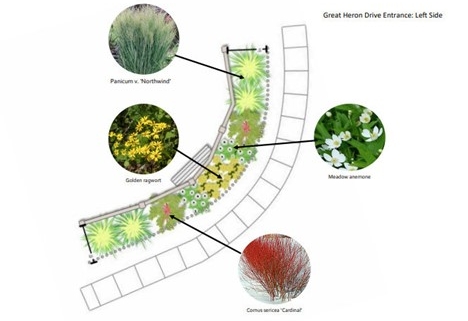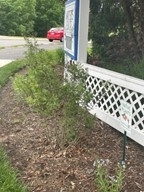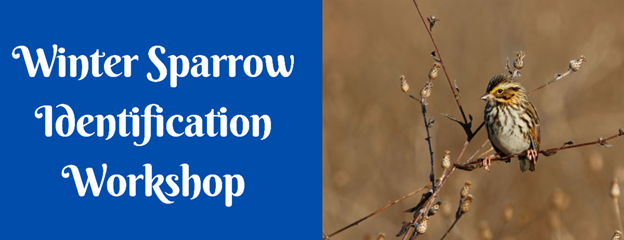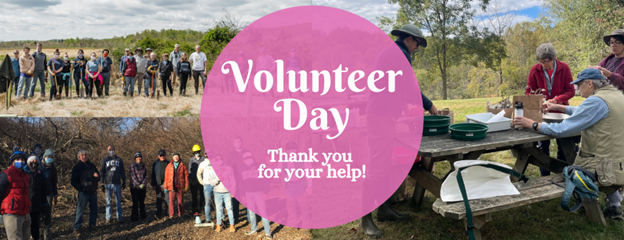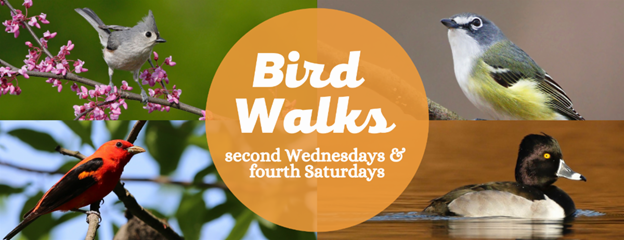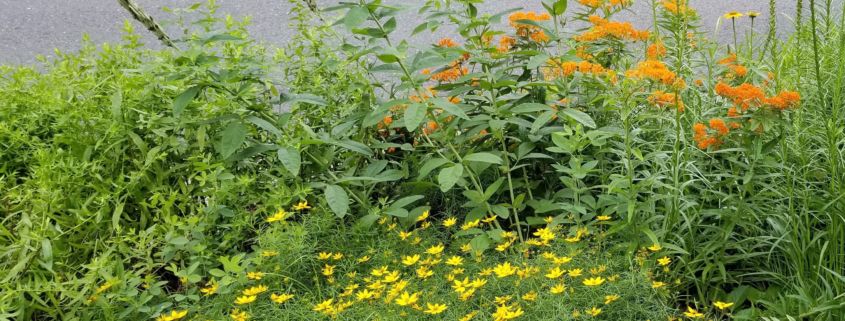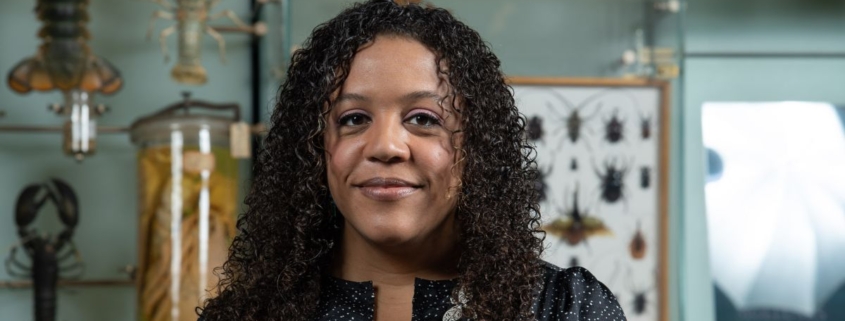Fairfax Parks Joins 2022 Parks for Pollinators BioBlitz, September 16th through September 25th
Photo: National Recreation and Park Association (NRPA)
Article from the Fairfax County Park Authority, Park News September 7, 2022
The Fairfax County Park Authority is taking part in this year’s Parks for Pollinators BioBlitz and is actively looking for volunteers to participate. Parks for Pollinators is a national campaign focused on raising public awareness of the diversity and importance of pollinators as part of our ecosystem.
This volunteer event takes place Friday, Sept. 16 and runs through Sunday, Sept. 25, 2022. Participation in the BioBlitz is as easy as going outdoors in your neighborhood, backyard or local Fairfax County park, and snapping pictures of wild pants, insects, bats and hummingbirds using the iNaturalist app. iNaturalist is totally free and available as both a phone app and internet-based web app.
Volunteers can sign up on the Park Authority’s website and log observations in any of the 429 Fairfax County Park Authority parks. Registrants will receive links to virtual trainings and may log their volunteer hours through the Park Authority’s system. For more information about participation in this fun and engaging volunteer opportunity, visit the Fairfax County volunteer website.
The Parks for Pollinator BioBlitz is organized by the National Recreation and Park Association (NRPA). For more information about pollinators and current threats facing them, please visit the National Recreation and Park Association’s Parks for Pollinators BioBlitz website.


